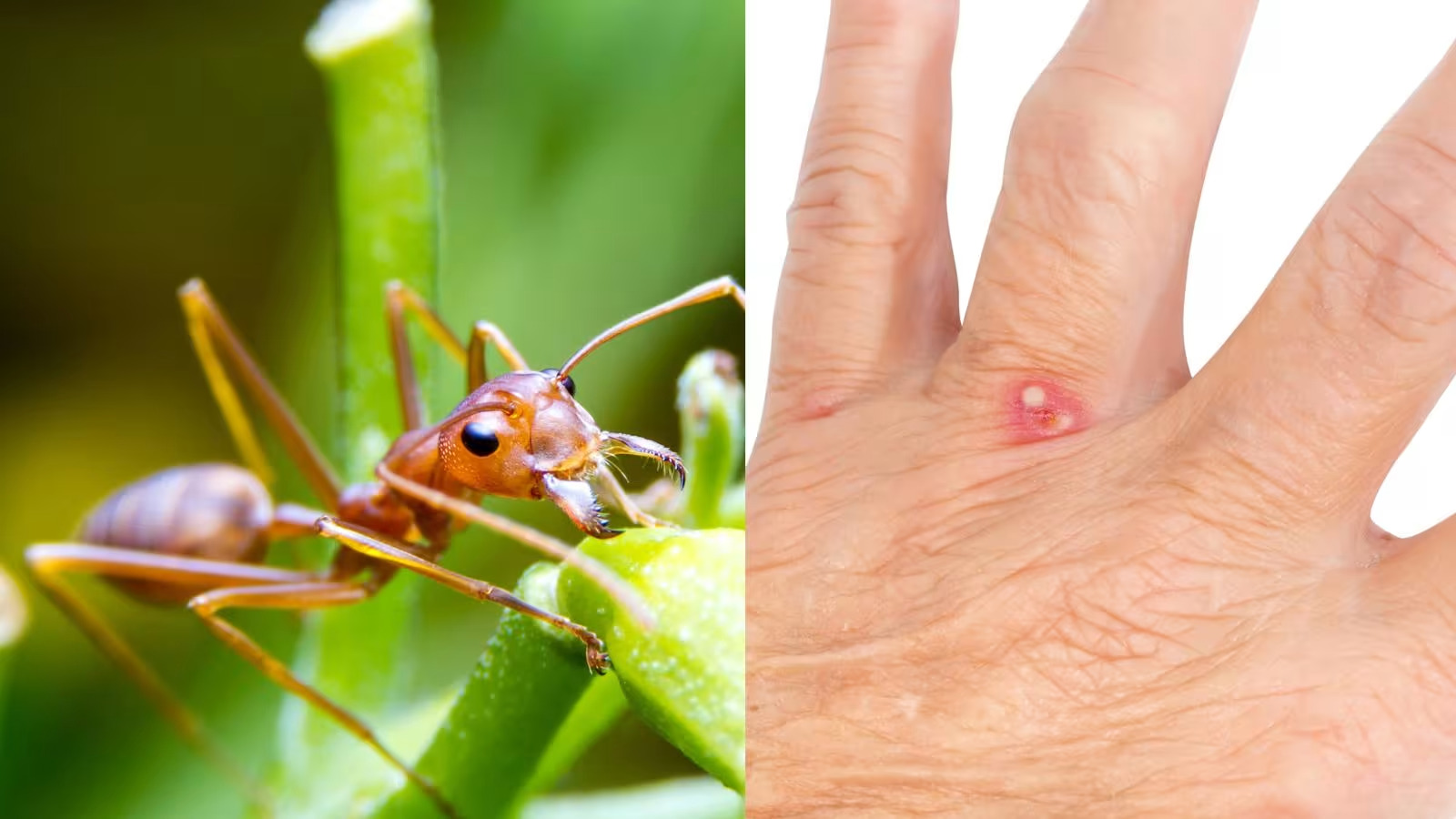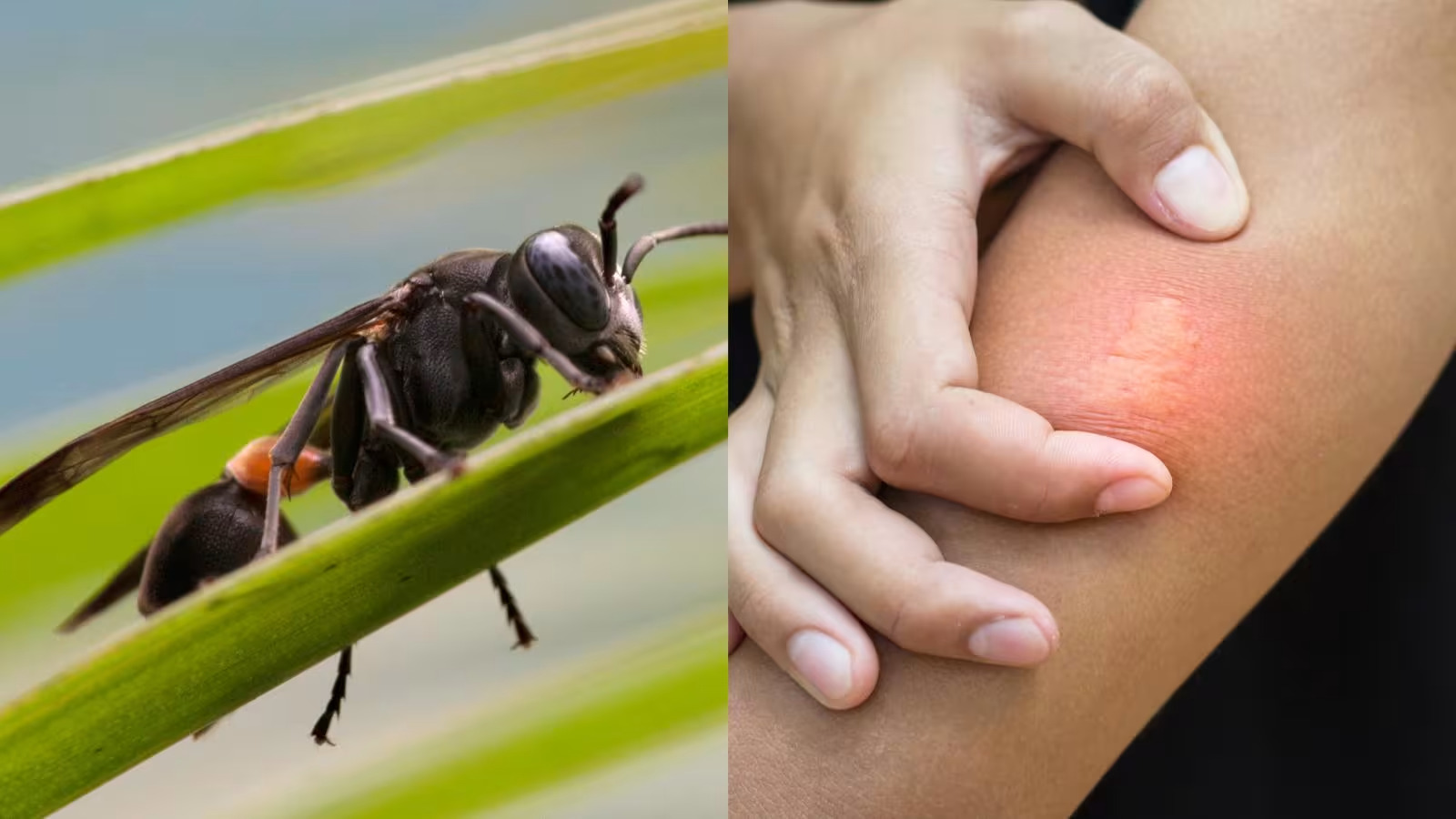CNA LIFESTYLE – Amidst the hustle and bustle of daily life, a sudden sting on your leg disrupts your peace. Glancing down, you spot the culprits: a couple of ants asserting their territory on your skin.
It’s a stark reminder that even in urban landscapes like Singapore, nature’s inhabitants can make their presence felt. Yet, while these encounters may startle, fatalities are rare.
However, recent incidents, like the tragic death of a senior cyclist from hornet stings, underscore the potential risks lurking in our surroundings.
Despite living in a city as developed as Singapore, the threat of nature’s retaliation serves as a poignant reminder of our interconnectedness with the natural world.
What can you do if you also encounter hornets or the ever-present fire ants in Singapore? What about the bites that you suspect are the result of some unwanted souvenirs, aka bed bugs, from your recent holiday?
For one, see your GP if you develop pus-filled blisters and flu-like symptoms, and according to Singhealth, definitely go to the A&E if you have been stung three or more times, or stung in the mouth. You would also require immediate medical attention if you have the following signs of anaphylaxis or severe, life-threatening allergic reaction:
- Pain, itchiness or swelling on other parts of your body such as the face or mouth
- Difficulty in breathing
- Nausea, vomiting or diarrhoea
- Fast heart rate
- Giddiness
- Confusion or agitation
- Pale skin
Fortunately, in most cases, the redness and swelling will subside within several hours or days, despite the initial pain and itchiness. For quicker relief, find out how to identify the culprits behind the bites, what to do immediately and how you can treat these bites at home.
FIRE ANTS
What happens: During a bite, the fire ant sticks its mandibles into your skin, then curves them back to get a good grip on you. But that’s not the end. It then forces its stinger into your skin and injects venom. A fire ant can sting seven or eight times at a go in a circular direction – and it’ll keep going unless you kill it or remove it from your skin.

Signs you’ve been bitten: A stinging or burning sensation that develops into itchy bumps or welts within the hour. They usually appear in a circular or semi-circular pattern and typically last for several hours. After about a day or so, the bumps can develop into blisters filled with a yellow or white pus-like fluid. They usually go away within seven to 10 days.
Immediate action: Slap or brush the ants off your skin, and wash the affected skin with soap and cold water. Apply a cold compress or hydrocortisone cream two times a day to help reduce the itchiness and rash. Whatever you do, don’t pop the blisters to avoid infection and scarring.
HORNETS
What happens: Hornets are large-bodied wasps. Compared to bees, hornets aren’t hairy, are typically larger and deliver a more painful sting, no thanks to a nasty cocktail of acetylcholine and histamine in its venom. Furthermore, the hornet’s stinger can be used multiple times. Each time the insect gets to work, its stinger penetrates your skin, injects the venom and retracts back into its thorax like a tattoo needle – until the insect decides to stop. Only female hornets sting and they will follow you for long distances if they feel the need to.

Signs you’ve been stung: There is a sudden, sharp pain together with the appearance of a welt about 1 cm across (it can swell to a diameter of 5cm or more over the next two or three days). A tiny red mark can be seen in the middle of the welt where the stinger punctured your skin. Usually, the pain and swelling will recede within several hours of being stung.
Immediate action: There’s usually no embedded stinger but wash the area with soap and water to remove as much of the venom as possible. Apply a cold pack – or if you wish, a cotton ball soaked with vinegar – to the wound for a few minutes to reduce swelling and pain. Hornet venom is alkaline (but not bee venom) and the acidity of apple cider or white vinegar may help to neutralise it.
If the skin irritation becomes bothersome, take Panadol and oral antihistamine to quell the pain and itchiness. Applying hydrocortisone cream or calamine lotion twice daily may also help you to minimise scratching.
BED BUGS
What happens: Bed bugs inject a numbing and anticoagulating substance into your skin when they bite, so you won’t feel them while they get free-flow access to your blood. These bloodsuckers have flat bodies (about a credit card’s thickness) and are about the size of an apple seed. After feeding for about three to 10 minutes, they swell, turn a reddish colour and crawl away.

Signs you’ve been bitten: You may not suspect a thing until the bite marks appear, which can be one to several days later. Interestingly, bed bugs bite each person differently but the most common appearances include bumps in a zigzag or random pattern.
The bumps appear pimple-like with a dark red or purple centre, and a lighter skin tone surrounding them – and can be filled with a clear fluid like blisters. Most people develop itchy marks similar to mosquito bites and some people may not develop any marks at all.
Immediate action: As with all bite wounds, wash them gently with soap and water, and apply a hydrocortisone cream twice daily. Use oral antihistamine and calamine lotion to cope with the itchiness. Bed bug bites usually heal within a week but could last longer, depending on how your body reacts to them.





